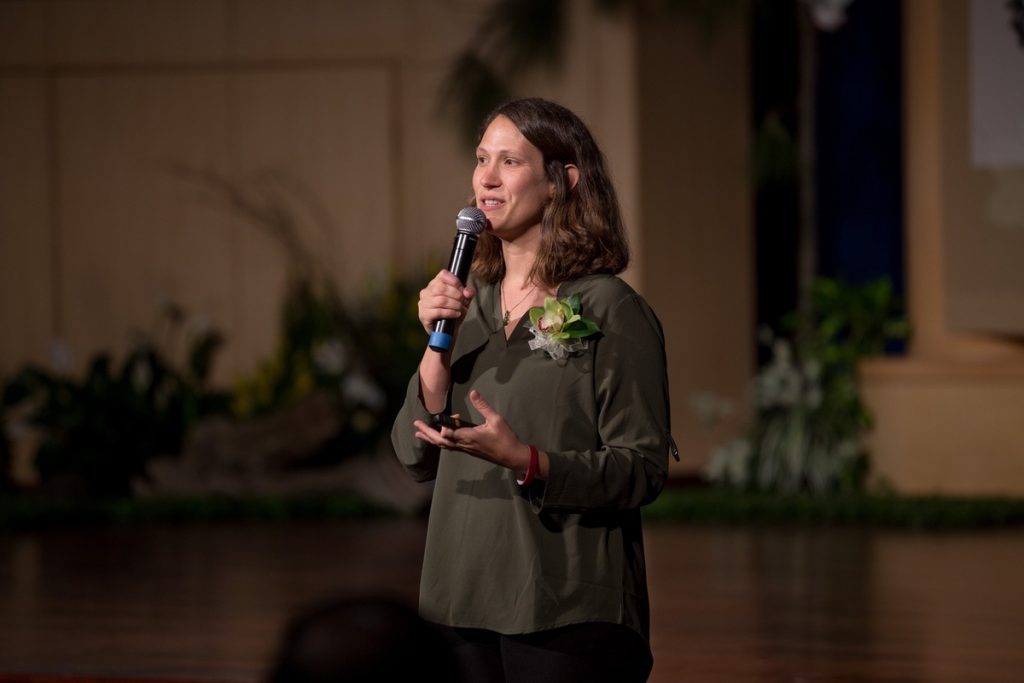
Author: Julienne Chi
Editor: Anik Ghose
Lindsey Kugel, Director of Search Inside Yourself Leadership Institute (SIYLI) shares, “Be present with what is here right now.”
Search Inside Yourself was born inside Google, to help stressed out employees under high pressure to maintain a well-being mindset. The program proved to be so popular that Google shared it to the public so it can help other individuals and organizations around the world.
In this fast paced society where the focus is just on task completion, even medical professionals are experiencing burnouts.
Autopilot mode is a major contributor to stress in the work environment say Kugel. Traits of autopilot mode include attention in the past or future, being distracted or less aware, acting based on habit patterns and assumptions.

Per psychologist Viktor Frankl, “Between the stimulus and response there is a space, and in that space lies our power to choose our response. And in our response lies our growth and our freedom.”
By moving away from the state of autopilot, and into the present, we reclaim that conscious choice of how we want to respond to our environment and how we want to be with the people we are with.
To counter autopilot mode we can practice mindfulness, “being aware of the present moment, with an attitude of acceptance and curiosity.” Over time, mindfulness practice reduces stress reaction levels.

Director Kugel recommends taking the time to practice mindfulness as you would when you take time to go to the gym or practice yoga. “When you dedicate time to practice mindfulness you train your brain to be aware and be present at any time.”
However, you don’t have sit in meditation to practice mindfulness for two hours a day, micro practices allow you to integrate this “exercise” as you go about your day, at work, at home or with your family.
Director Kugel led the audience in a micro practice involving mindful breathing, focusing on following your breath. She stresses that there is no minimum time to practice it or the right amount of time to practice it. The answer is whatever works for you and whatever you can do. The hope is that you practice it and reap the benefit in your own way.
Working with stressful situations such as with patients or with disaster relief, can cause a lot of distress on our own body. Experiencing empathy can bring pain to us over time, which leads to emotional burnout. Director Kugel suggested another micro practice on compassion whereby one actively shifts the mind to connect and empathize with others, offering kindness ad mindful listening as gifts to the speaker.
If we can find ways to dedicate time to practice mindfulness, we can move form autopilot to awareness, creating empathy to sustain connections with others.





